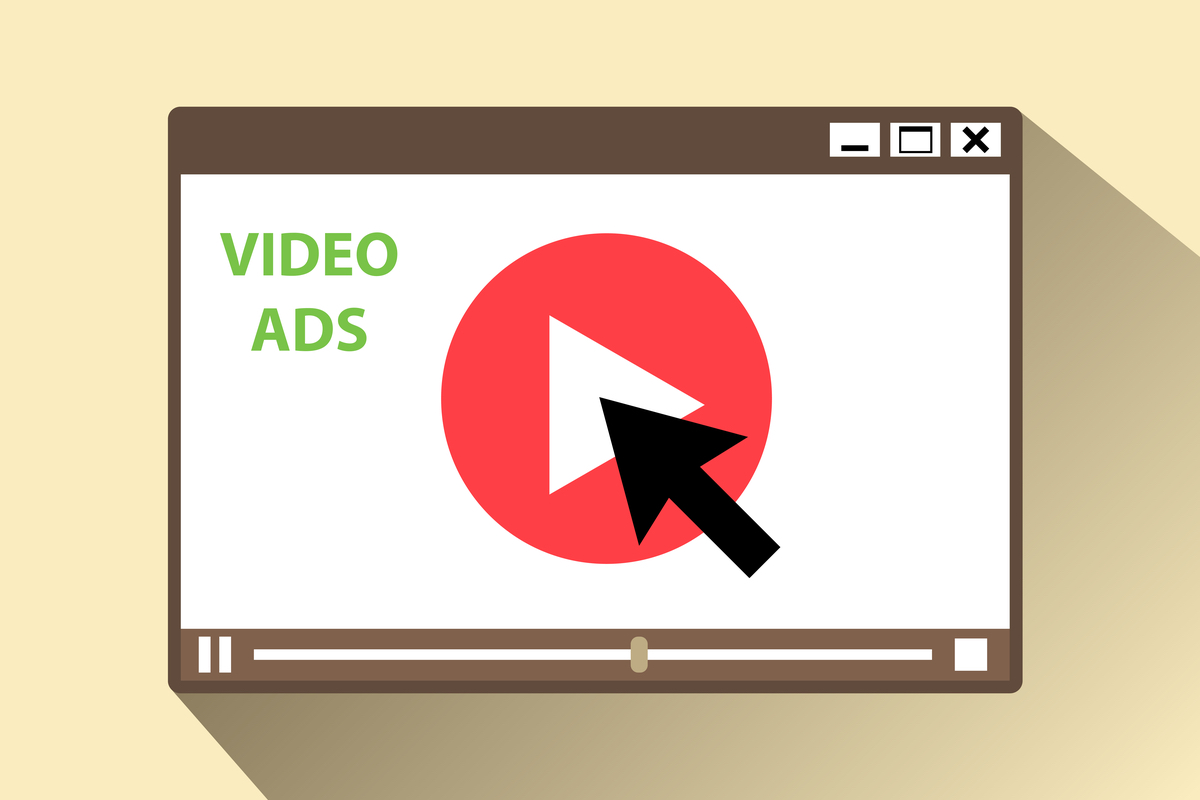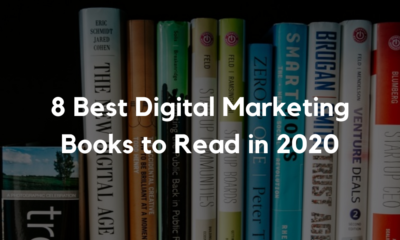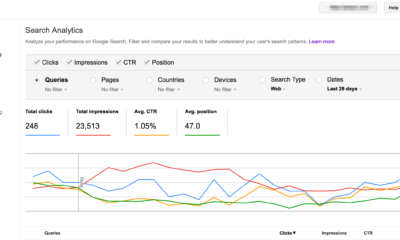Internet Marketing
Video Ads on YouTube: What is it, Why and Who Needs it

Video advertising is one of the main trends in digital marketing in 2019-2020. But many advertisers still believe that advertising on YouTube is not suitable for them, it is too expensive to produce and inefficient for performance tasks. From this material, you will learn how video advertising actually works, why businesses need it, and how to launch it correctly to get results.
A Little bit About YouTube in Numbers
YouTube is one of the largest platforms in terms of reach in the world. Coverage in the USA is 83% of the population aged 18 to 44 years. At the same time, the majority of the audience consists of active paying users with average and above-average income aged 25 to 44 years (Mediascope data, Web Index, September 2018, Thinkwithgoogle.com). Every day, thousands of videos of various subjects are uploaded to the site, which is consumed by your target audience. Many bloggers and YouTube channels include video monetization, which gives businesses a chance to integrate their ads through the Google Ads advertising system.
YouTube for Performance Tasks
The majority of small and medium-sized businesses use online advertising for the sole purpose of attracting traffic, conversion here, and now for a quick return on investment. This is why advertisers primarily use a fairly limited set of tools:
- remarketing to your site’s audience or customer base;
- buy YouTube views
- Search ads for commercial queries;
- Google display network for the most targeted audience;
- Instagram and Facebook targeted ads.
Video ads are considered to be exclusively a media format that should only be used for brand purposes, but this opinion is erroneous.
The advantage of advertising on YouTube is that it can be launched using Google Ads, which, in turn, opens up wide opportunities for choosing performance strategies and accurate targeting of the audience.

When launching paid ads on YouTube to attract conversion traffic, the advertiser may also notice a media effect in the form of increased awareness and probability of choosing a brand or product. This results in a certain brand-performance synergy. The undoubted advantages of launching video ads via Google Ads are:
- minimum entry threshold (the video can be removed and edited even on a smartphone).
- personalization for different segments of the target audience;
- monitoring the frequency of video impressions based on impressions and views;
- and one of the most important is detailed Analytics for optimization.
How to Use it
YouTube has two main formats available for placement via Google Ads: banner ads and video ads.
Banner ads are essentially no different from regular ads on the display network, where YouTube is one of the platforms. An advertiser can target an audience based on thematic or audience characteristics, and the system will independently display the banner to the right user at the right time.
Banner Ads on YouTube
In addition, if you are interested in the audience of certain YouTube channels, you can only serve ads on them if the blogger has enabled monetization. For example, an expert in car selection can show banners on selected channels (or even videos) about car topics. By targeting a channel or video, you can create even more personalized creatives and special offers. For example: when displaying ads only in videos of the AcademeG channel (4.2 M subscribers), place the 20% Discount on the Academic promo code promotion on the banner.

Channel targeting allows you to safely enter ads in YouTube opinion leaders ‘ videos with pay-per-click and detailed Analytics. If you are thinking of paying hundreds of thousands or millions of dollars to a blogger directly, first check their audience on a small budget using banners or video ads in Google Ads.
Video ads have several main formats:
- TrueView In-Stream;
- Bumper Ads;
- Video Discovery.
TrueView In-Stream-videos of any length with pay-per-view or per-thousand impressions. To solve performance problems, the most interesting types of campaigns are TrueView for Action and TrueView for Shopping, where you can specify a specific goal on the site in the settings, for which the ad is launched, and the format itself implies additional buttons and calls to action in videos.

Video Discovery Format
You can use remarketing to the site’s audience, broad social demographics in the hope that the system will find the right audience itself, theme and more accurate audience targeting,and specific thematic channels where your target audience is. In the case of video ads, the safest targeting is also targeting the selected channels.
Creating Videos
The most frightening thing that can happen in a video ad is the production of videos. This seems complicated, expensive, and impractical. There are several ways to create videos:
- hiring a film crew with turnkey production;
- hiring a motion designer;
- shooting a video on your own;
- collecting the video in the editor.
The cost varies from 0 to several thousand dollars per video. You need to choose exactly for your own tasks, but you can definitely start by recording a simple video on your own (it’s enough to have a modern smartphone) or by creating a small animated video in the editor.
Many people think that the quality of the image on YouTube is important, but in fact the main thing is the sound. Some users include videos in the background, and your video ads should sell without a visual.
Formula of the Selling Video
There is a simple formula for creating selling videos: AIDA (Attention — Interest — Desire — Action). If you follow it, in the first 3 seconds, the video should attract as much attention as possible. This can be achieved by brightness, unusual presentation, provocative question or statement, or absurdity. Then you need something to interest the audience: unrealistic profit, fear of losing something, intrigue. Next, you need to convey the main offer: why you and why right now. And at the end, you must motivate the target action: a call to click on a button, go to a site, and so on. By the way, sometimes the difference in conversion of the same video without and with a call to action differs at times, do not neglect this.
Effect of Video Ads on YouTube
After you launch a video ad, you can analyze its results in Google Analytics. There will be special reports available that will contain information about the conversions shown.
Report on Video Ads in Google Analytics
In addition, you should look at reports on multi-channel sequences and associated conversions, since the video might not have led to a conversion on the last click, but it might have influenced the purchase decision. It is usually worth evaluating the effect of video ads within 7-30 days after launch, but this, of course, depends on the project. We have also noticed that after launching a video ad, the conversion rate from search and display ads sometimes increases (the effect of the previous touch with the brand).
-

 Domains6 years ago
Domains6 years ago8 best domain flipping platforms
-

 Business5 years ago
Business5 years ago8 Best Digital Marketing Books to Read in 2020
-

 How To's6 years ago
How To's6 years agoHow to register for Amazon Affiliate program
-

 How To's6 years ago
How To's6 years agoHow to submit your website’s sitemap to Google Search Console
-

 Domains5 years ago
Domains5 years agoNew 18 end user domain name sales have taken place
-

 Business6 years ago
Business6 years agoBest Work From Home Business Ideas
-

 How To's5 years ago
How To's5 years ago3 Best Strategies to Increase Your Profits With Google Ads
-

 Domains5 years ago
Domains5 years agoCrypto companies continue their venture to buy domains








